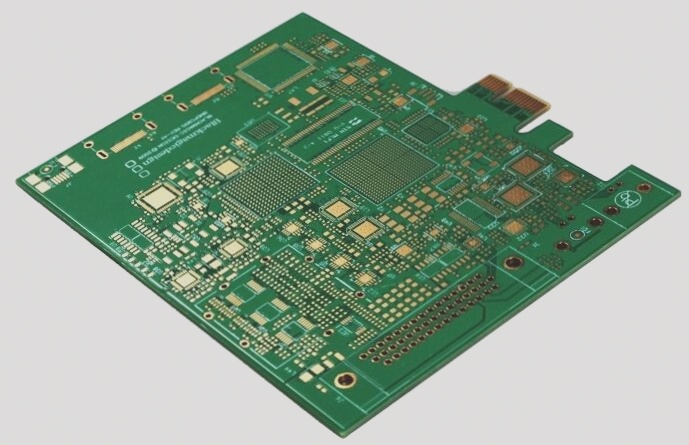PCB Soldering Techniques: Wave Soldering and Reflow Soldering
Wave soldering is a process where soft soldering material is flowed into the design requirements of a solder wave using a tin alloy, electric pump, or electromagnetic pump. By injecting nitrogen into the solder pool, a solder wave is formed, allowing for the pre-soldering of PCB components and creating a mechanical and electrical connection.
In response to environmental concerns, a lead-free welding process has been developed to replace tin-lead alloy. The lead-free process utilizes tin-silver-copper alloy and special flux, requiring a higher preheating temperature for welding.
Reflow soldering technology, widely used in electronics manufacturing, involves heating the circuit board to a high temperature using a heating circuit within the device. This process allows components to be welded onto the board, controlling temperature, preventing oxidation, and managing manufacturing costs efficiently.
Reflow soldering was initially used for hybrid integrated circuit boards, but with advancements in SMT technology and the introduction of SMC and SMD components, it is now widely applied in various electronic product fields.
The sequence of wave soldering and reflow soldering is determined by the assembly principle of circuit board components. Small components are assembled first, followed by larger ones. Reflow soldering is used for small pin-mounted components, while wave soldering is more suitable for larger plug-in components with pins. Therefore, reflow soldering is always performed before wave soldering in the assembly process.



